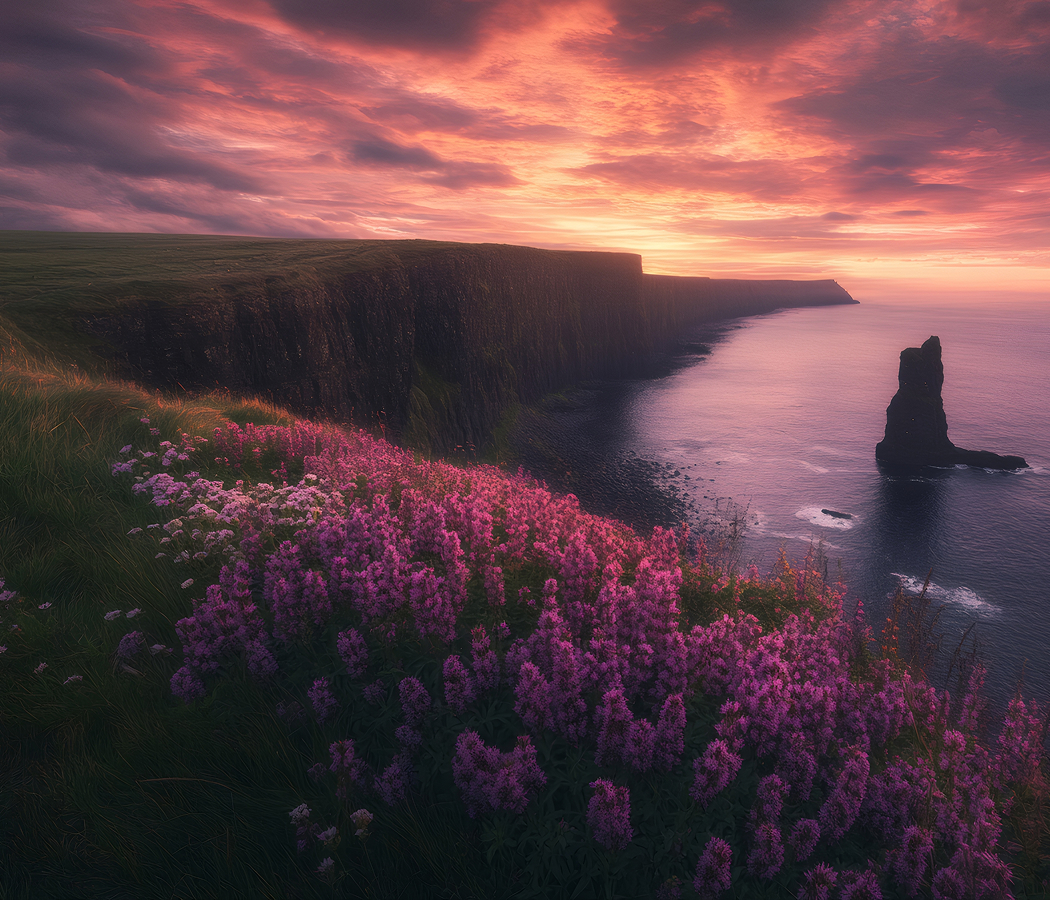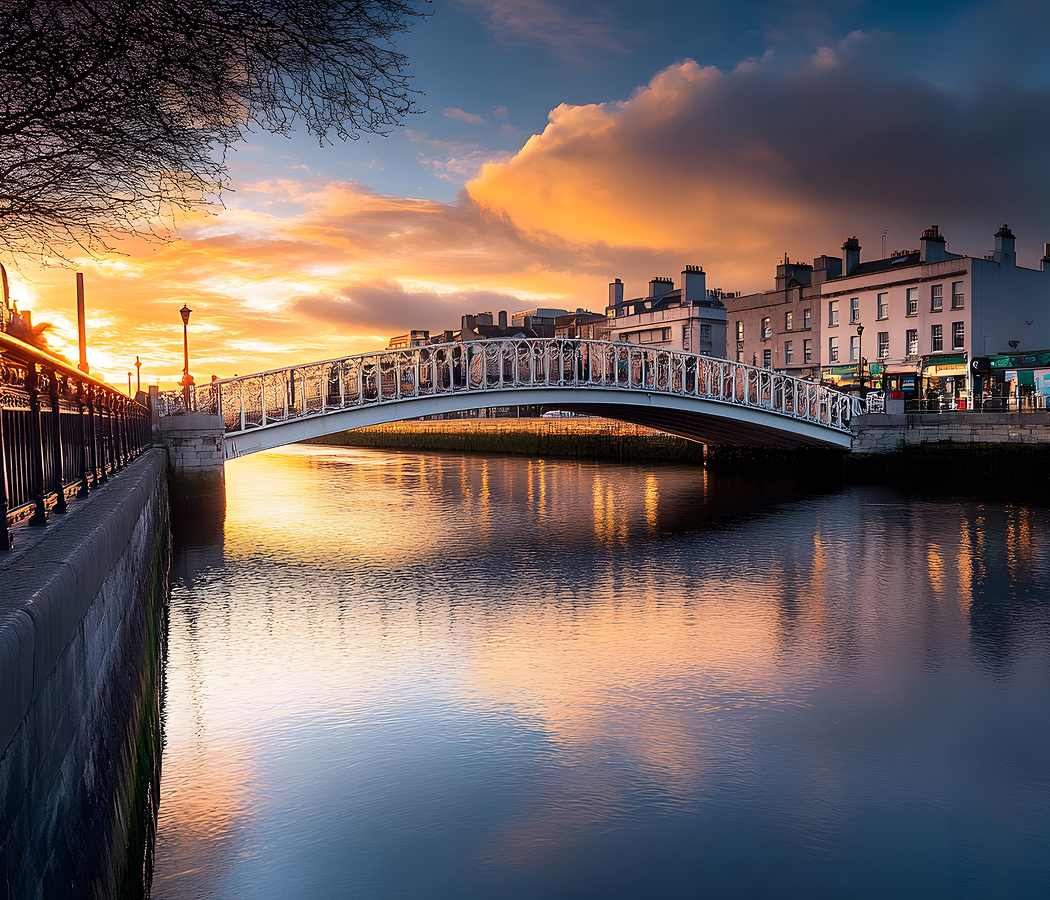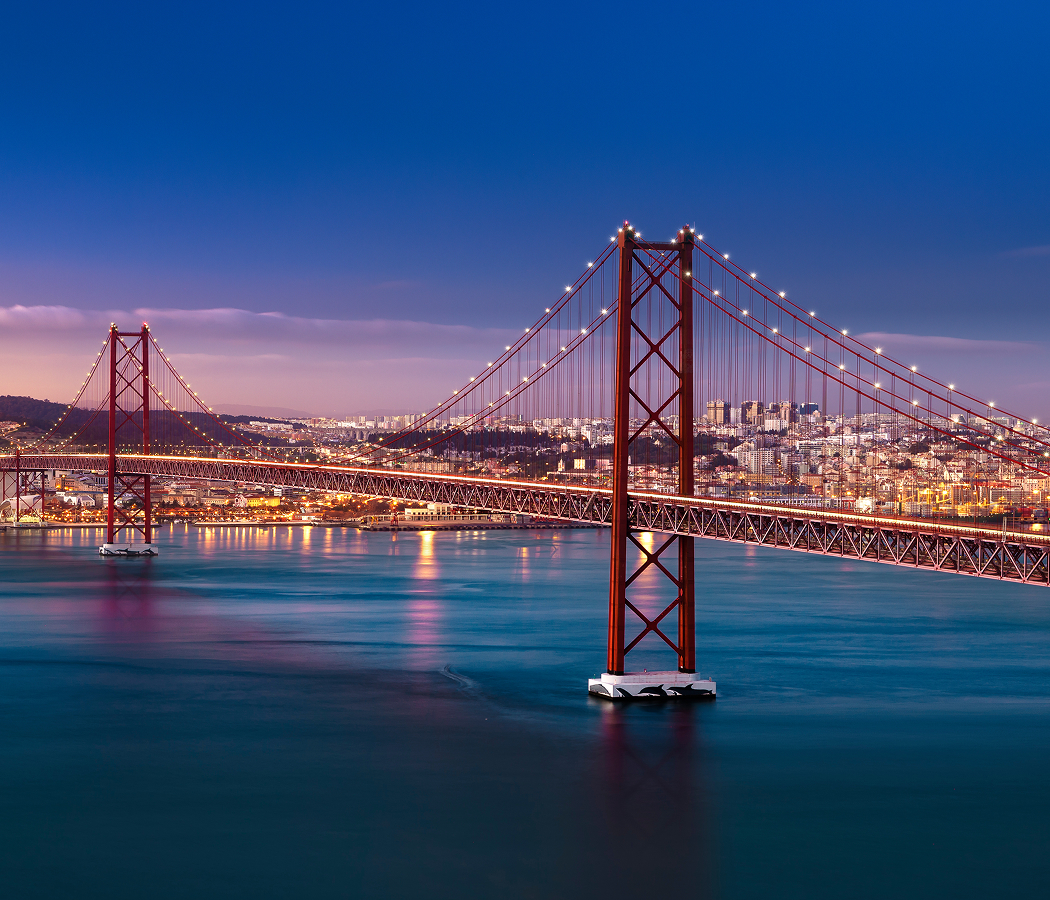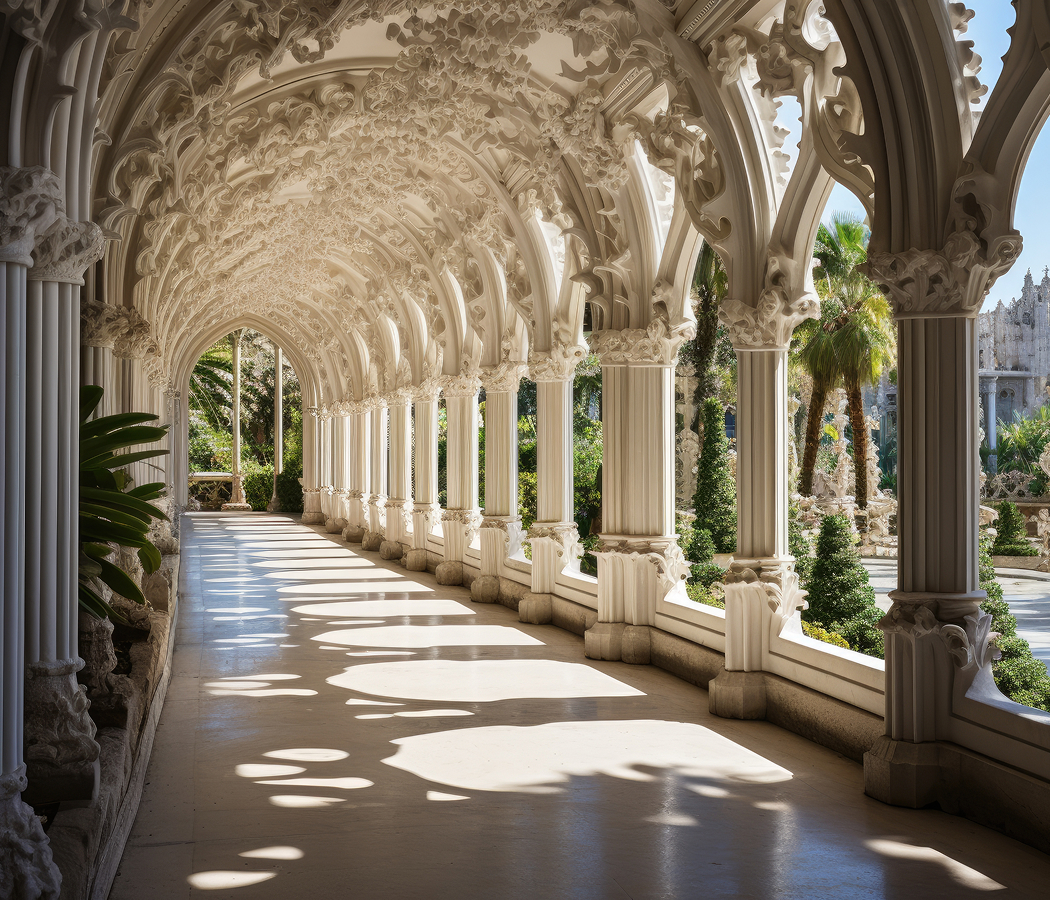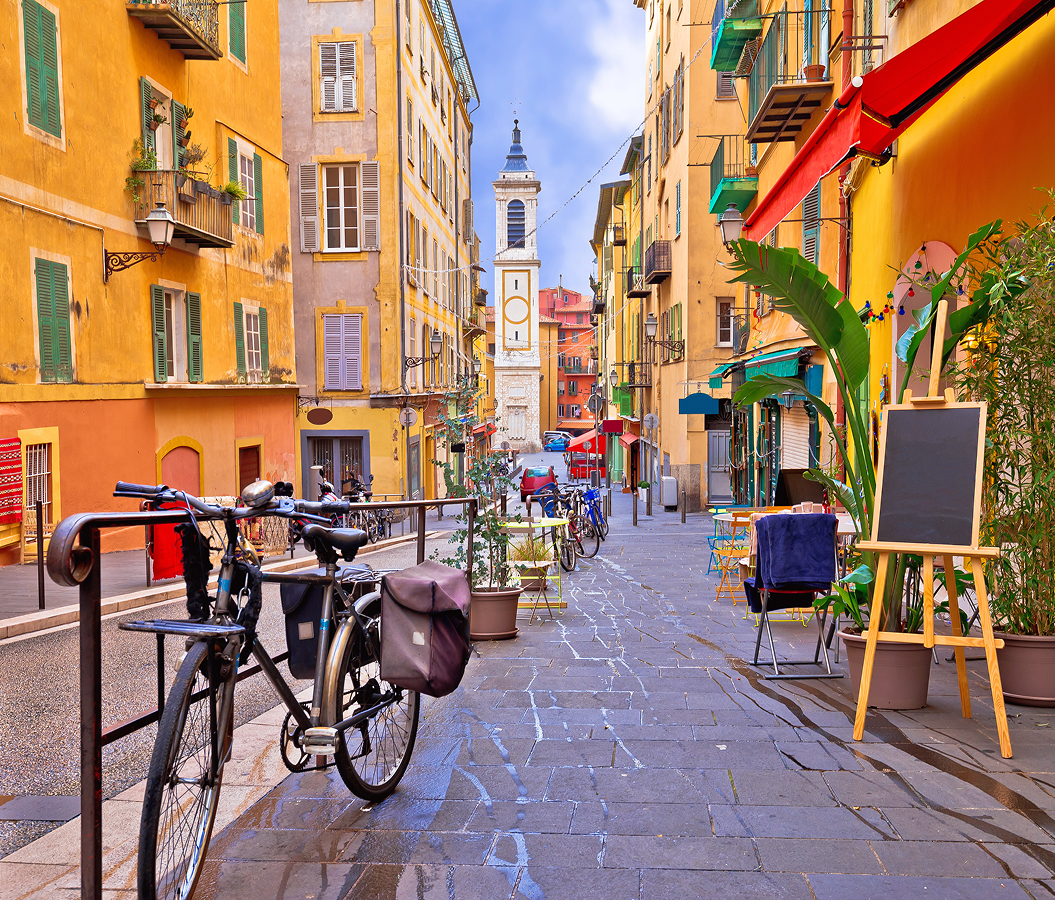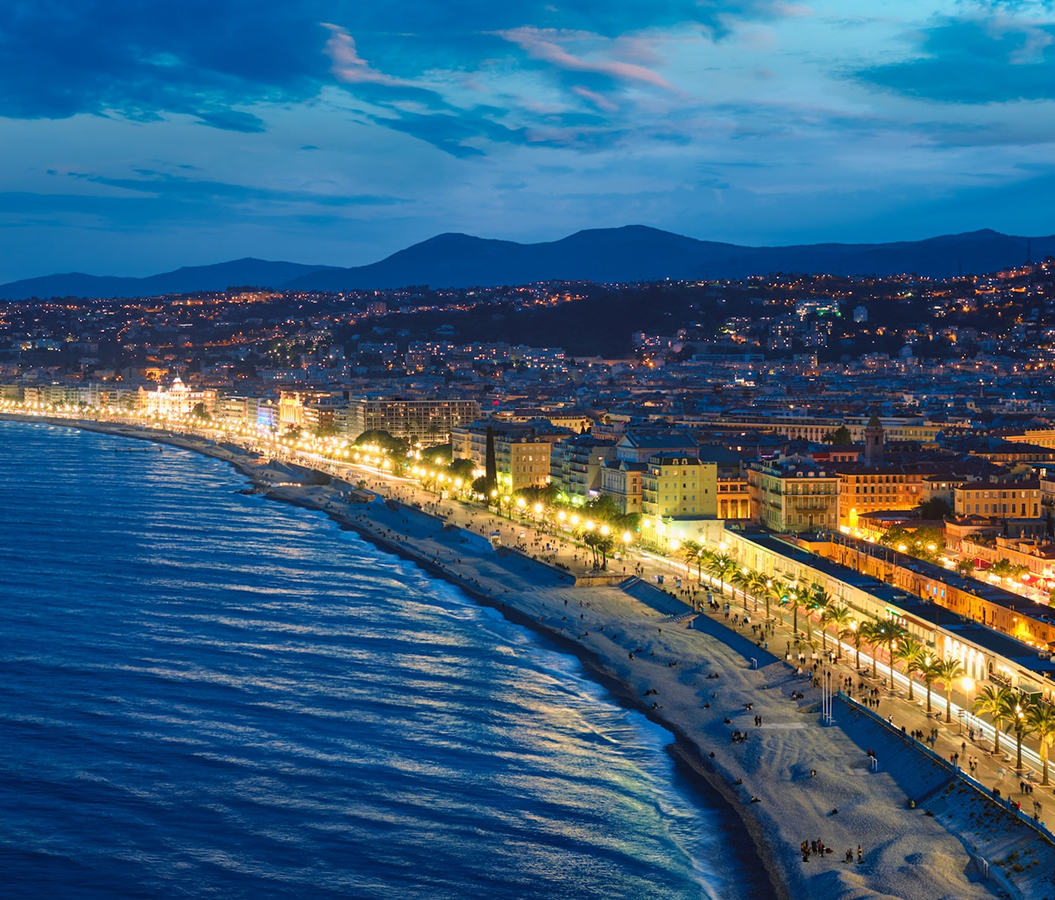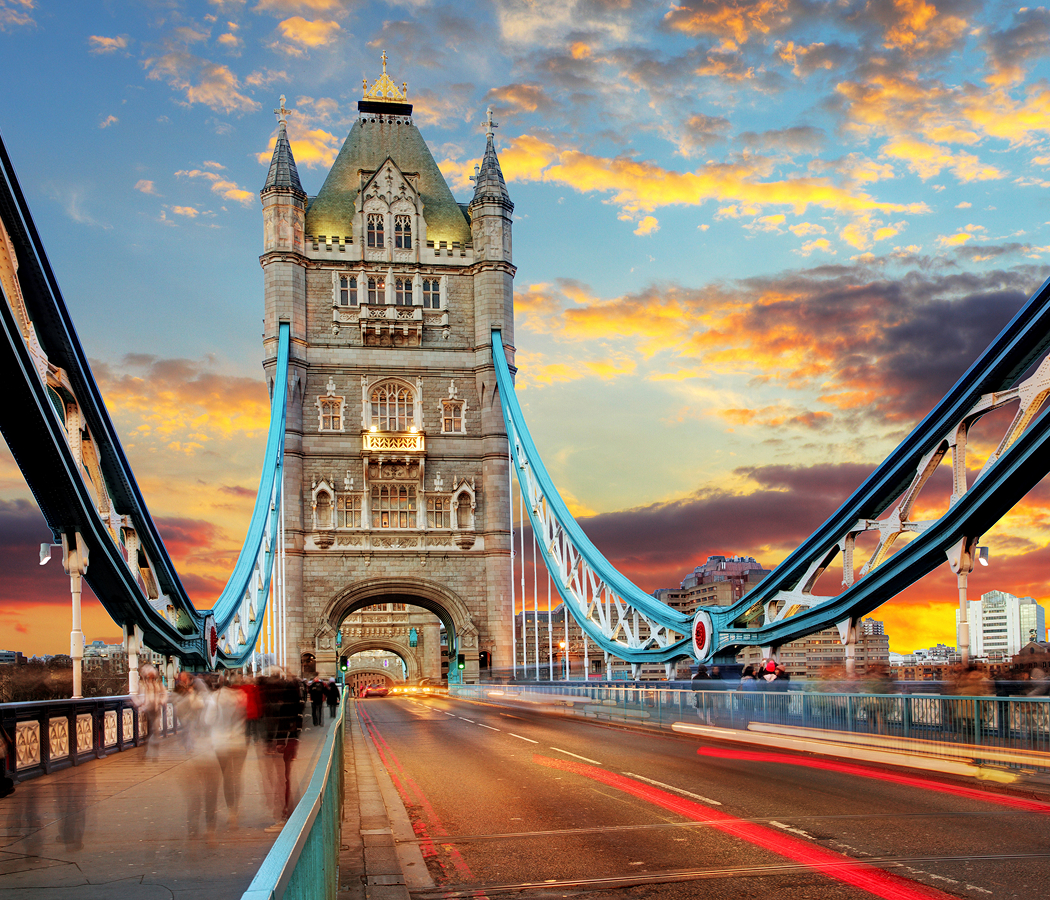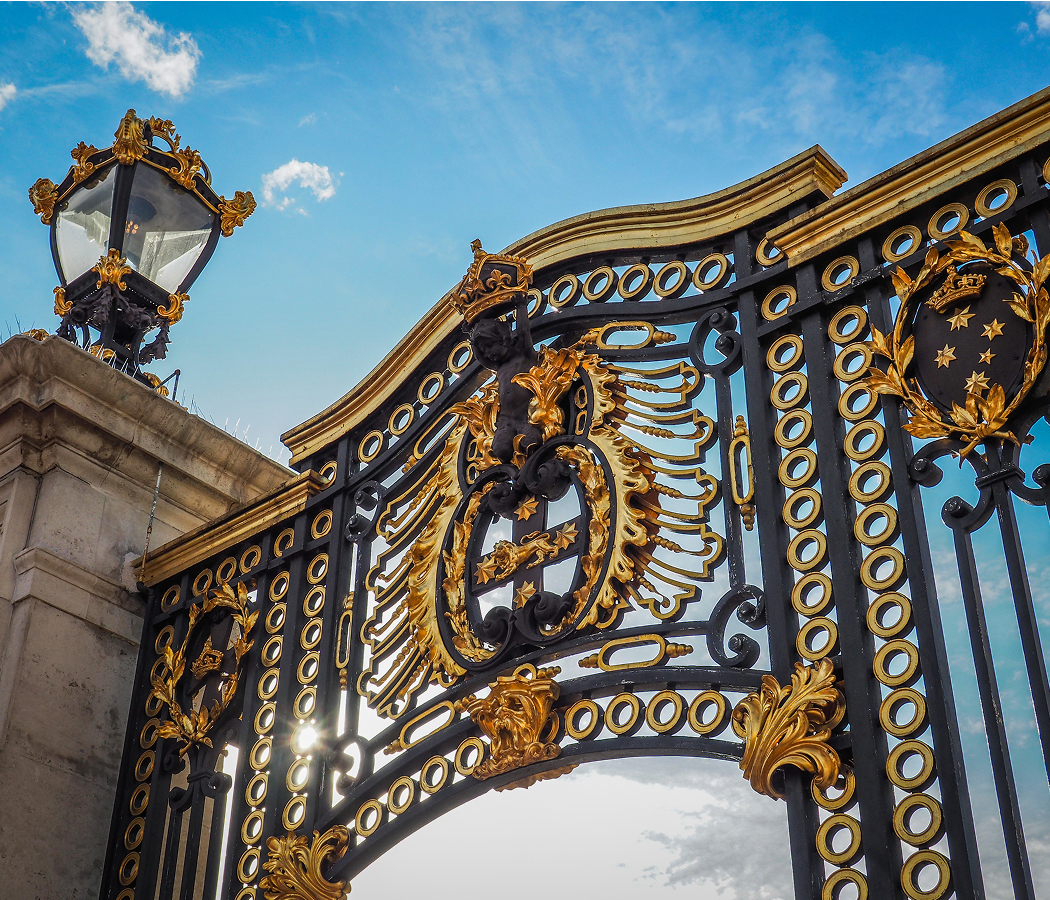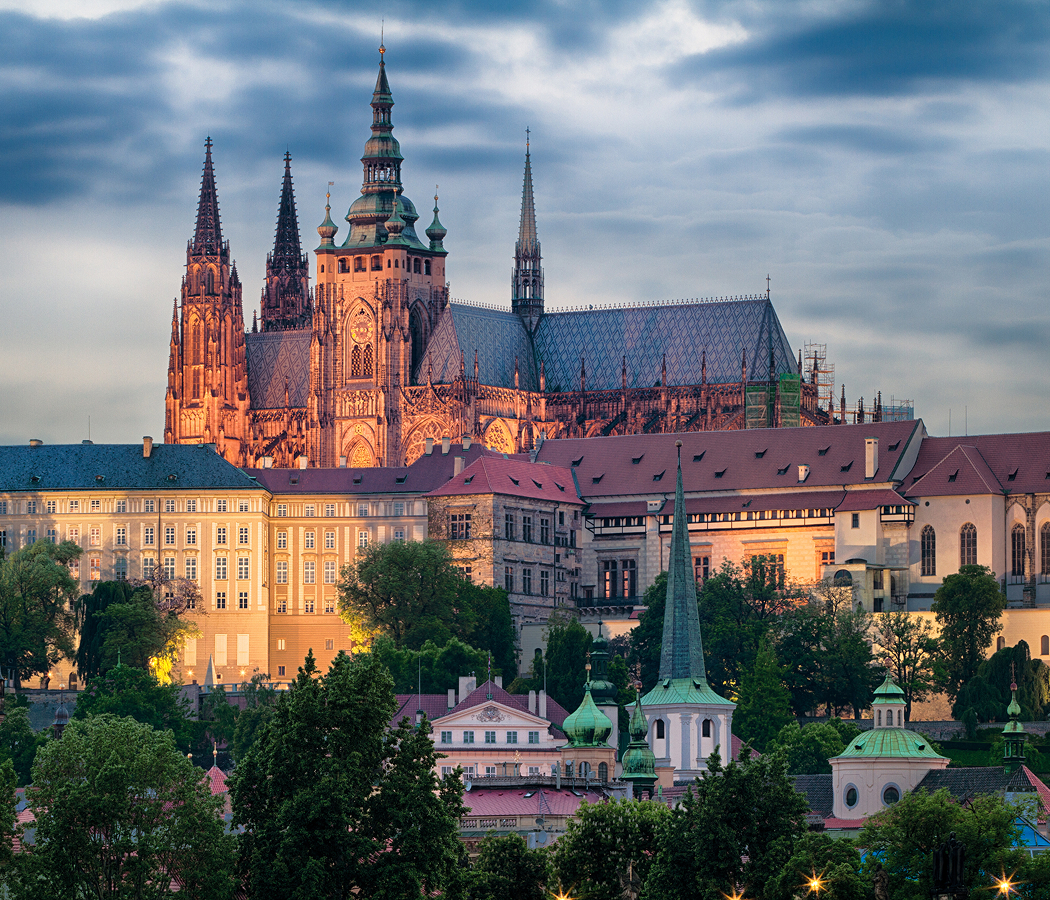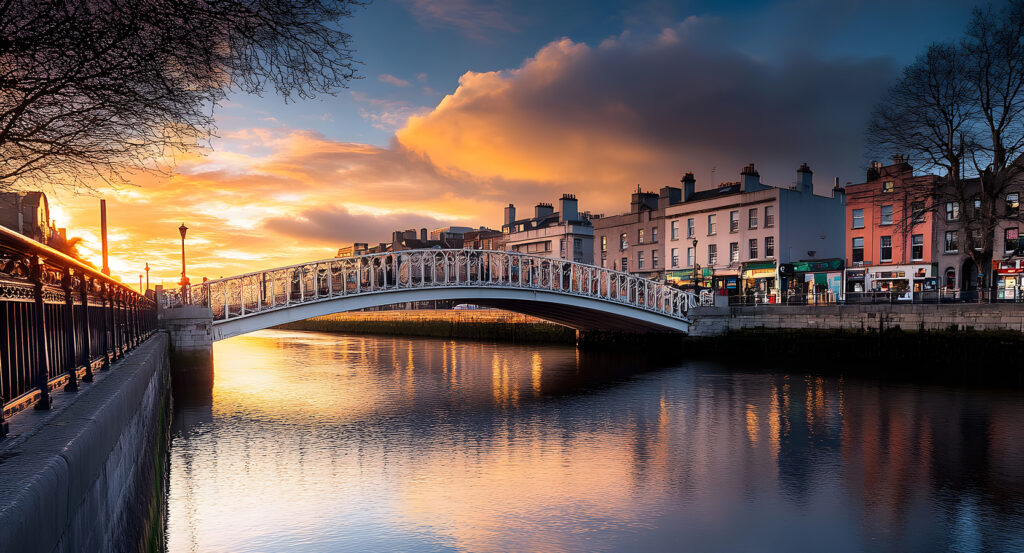
Why you should experience the Ha’penny Bridge in Dublin.
The Ha’penny Bridge in Dublin isn’t just a crossing over the River Liffey, it’s a symbol of connection, charm, and the city’s irrepressible spirit.
Step onto its white cast-iron arches, and you’ll feel history underfoot. Built in 1816, this pedestrian bridge was Dublin’s first to span the Liffey, linking the north and south banks in a single elegant curve. Its nickname comes from the halfpenny toll once charged to cross, a quaint reminder of a bygone era when even the simplest passage carried weight. Today, the Ha’penny stands toll-free but rich in sentiment, framed by Georgian facades, colorful storefronts, and the quiet hum of life drifting along the river. At sunset, the lamplights cast golden reflections across the water, creating a scene that feels timeless, a heartbeat between the past and present. For locals, it’s a familiar landmark to pass without thought; for visitors, it’s a romantic threshold where Dublin reveals its softer, more reflective side.
What you didn’t know about the Ha’penny Bridge.
The Ha’penny Bridge, officially named the Liffey Bridge, has weathered more than two centuries of change, yet its grace endures.
Commissioned by William Walsh, a ferry operator whose aging boats were no longer seaworthy, it was constructed by English iron founder John Windsor using cast iron from Shropshire’s Coalbrookdale Company, the same foundry responsible for the world’s first cast-iron bridge. When it opened in May 1816, Dubliners were charged a ha’penny to cross, a fee that lasted until 1919. Over time, the bridge became more than a convenience; it became a beloved icon of Dublin life. In 2001, a meticulous restoration returned it to its original splendor, complete with new deck plating and freshly painted ironwork that revived its historic cream-white hue. Few realize that the bridge’s gentle curve was an engineering marvel for its time, combining strength with elegance long before modern design made such blends common. The Ha’penny has since appeared in countless films, poems, and songs, capturing the imagination as both a literal and symbolic crossing, where footsteps echo the rhythm of Dublin’s soul.
How to fold the Ha’penny Bridge into your trip.
Experiencing the Ha’penny Bridge is about more than simply walking across, it’s about pausing long enough to feel Dublin flow around you.
Start your stroll at Merchant’s Arch on the south side, weaving through its cozy stone passageway that spills onto the bridge like a story unfolding. Cross toward the north and let your eyes follow the reflections of city lights dancing on the Liffey. Early morning offers serenity, with mist curling over the river and joggers passing in quiet rhythm, while dusk turns the bridge into a painter’s dream of amber light and rippling water. From here, you’re steps from some of Dublin’s most storied neighborhoods, Temple Bar with its lively pubs and music, or O’Connell Street where history still stands proud. Take time to photograph the curve of the bridge against the skyline, but also step back and watch others cross, lovers, commuters, tourists, each adding their own rhythm to the daily flow. And if you’re lucky enough to be there during a drizzle, linger. The raindrops, the iron, the glow of lamplight, it’s Dublin distilled to its essence: poetic, enduring, and quietly magnificent.
Hear it from the Foresyte community.
Doesn’t look like much till you’re on it. Then the view hits you, water’s glowing, city’s buzzing, and it’s lowkey the best spot in dublin.
Where meaningful travel begins.
Start your journey with Foresyte, where the planning is part of the magic.
Discover the experiences that matter most.


